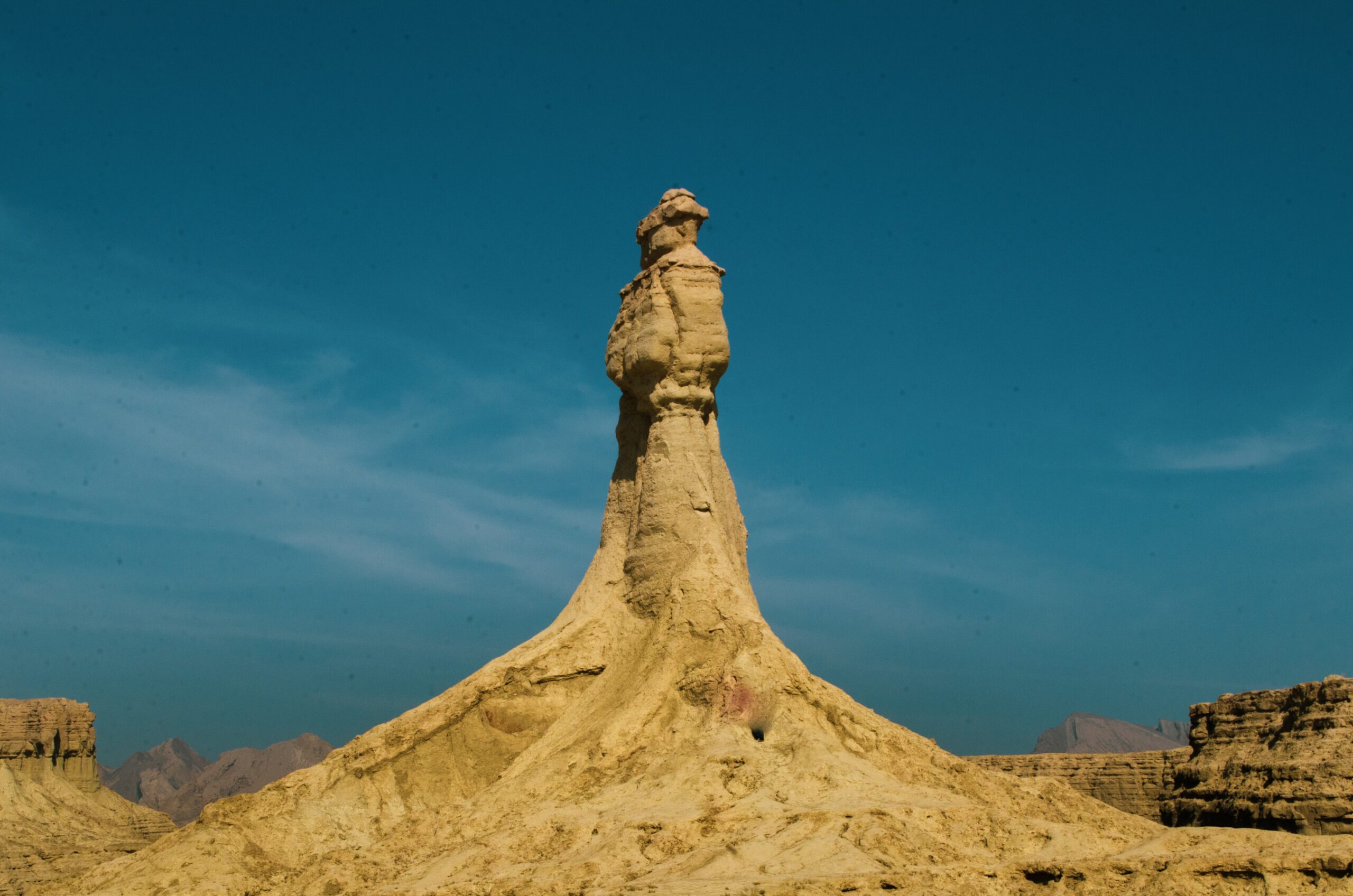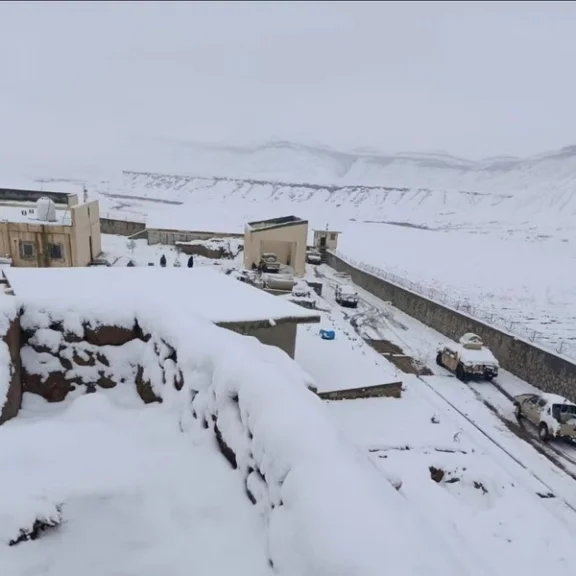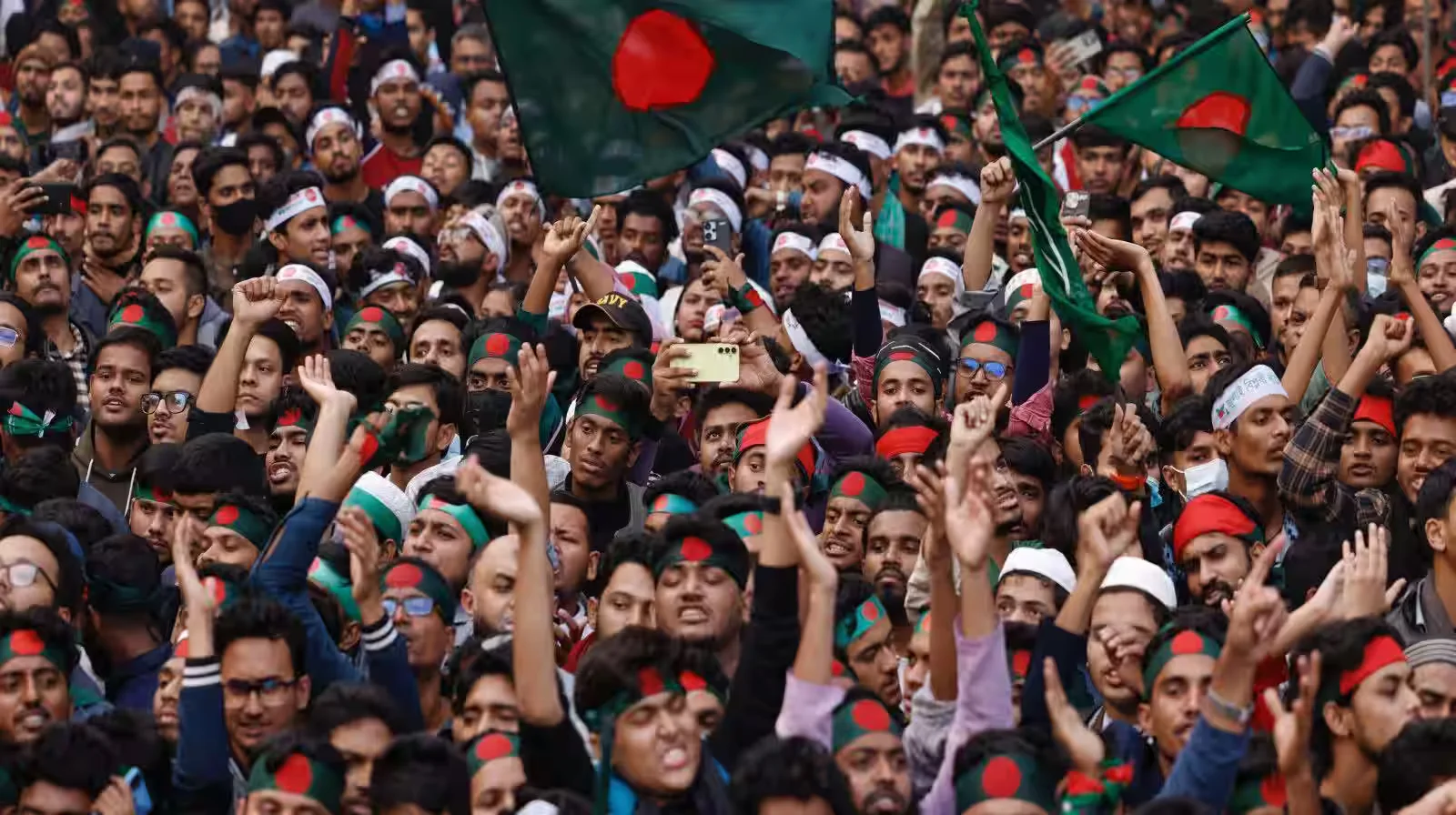In the complex theater of modern identity politics and conflict, the public persona of an activist can often serve as a powerful vehicle for a much broader political agenda. To her supporters, Mahrang Baloch is a courageous defender of the oppressed, a voice for the missing persons whose families seek answers. However, a deeper analysis of her rhetoric, political positioning, and associations reveals a narrative that aligns with the strategic objectives of ethno-nationalist separatism.
This phenomenon is a textbook example of modern asymmetric warfare, where non-state actors understand that the battle for international legitimacy and public perception is as critical as the armed struggle itself. In this form of conflict, armed groups often create or co-opt political fronts to engage in narrative warfare, using the platforms of global media and human rights forums to sanitize their image and advance their political goals, while the armed wing continues to employ violence.
This model of a symbiotic relationship between a political front and an armed core is not theoretical. It has been a key feature of numerous modern conflicts. The Kurdistan Workers Party (PKK), for instance, has waged a decades-long insurgency against the Turkish state, an insurgency marked by attacks on both military and civilian targets. Simultaneously, a constellation of political parties sympathetic to its cause have operated within the legal system, using the language of human rights and cultural identity to advance a political agenda that mirrors the PKK’s separatist goals, particularly in European capitals.
An even more brutal example comes from Sierra Leone’s civil war, where the Revolutionary United Front (RUF), a group infamous for its horrific human rights abuses, created a political party in an attempt to translate its military terror into political legitimacy. This dual-track strategy serves a clear purpose. It allows the violent core of the movement to remain insulated, while the political front engages the world, weaponizing the very language of international norms to provide cover for a campaign of terror. It is within this analytical framework, particularly considering the Balochistan Liberation Army’s (BLA) own history of targeted killings of civilians, that Mahrang Baloch’s role must be critically examined.
At the heart of this analysis is her consistent anti-Pakistan stance, which transcends mere criticism of state policies and instead challenges the foundational legitimacy of the state itself. Her position on the 1948 accession of Kalat is a key example. In one speech, she explicitly stated that it is not 1948 and we are asking the same question Nauroz Khan and Baalch Marri (A slain leader of BLA) asked. This is not just a historical reference. It is a strategic act of securitizing history, reframing a settled historical event as an ongoing injustice that justifies perpetual conflict. By invoking the names of two of Balochistan’s most prominent armed insurgent leaders, she positions herself within a lineage of armed resistance, creating an unbroken narrative of struggle that is essential for ideological coherence and recruitment. For a political wing, this function is critical. It serves to historically legitimize the contemporary violence of its armed counterpart, framing acts of terrorism as mere episodes in a noble war of liberation.
This ideological project is further illuminated by territorial claims that reflect a clear ethno-supremacist and irredentist vision. Her assertion that Dera Ghazi Khan is historically part of Balochistan, made during a speech in Taunsa, is a classic example of ethno-nationalist mobilization. Such claims aim to redraw boundaries based on ethnicity, not on legal or historical precedent. The role of a political front is not just to defend an armed group, but to articulate its ultimate vision. By promoting its goals, she provides the ideological justification for the BLA’s stated military objectives. This lends a veneer of political legitimacy to a project pursued through insurgency and attacks on civilians who do not share this ethnic vision, demonstrating how the pursuit of ethno-nationalism can directly contradict the universal principles of human rights.
The analysis of an activist’s political alignment is often incomplete without examining their formative influences and direct associations. Mahrang Baloch’s father, Abdul Ghaffar Langove, was a known figure within Baloch nationalist circles. The connection to militancy is made more explicit by figures from within the movement itself. Mama Qadeer, a veteran Baloch activist once closely allied with the family, has publicly stated that Langove was involved with the BLA. While family ties do not solely define an individual’s politics, such a direct accusation from a senior figure provides crucial context. It suggests that the activist’s immersion in the separatist cause is not just ideological but deeply personal, potentially shaping a worldview where the line between political advocacy and support for armed struggle is blurred from the outset.
The connection to armed militancy becomes more tangible when examining her advocacy around missing persons. This issue has been effectively weaponized in what can be described as a campaign of lawfare, where the mechanisms of law and human rights are used to achieve strategic objectives. Reports have documented recurring instances where militants killed in security operations were subsequently included on the BYC’s list of missing persons, only for the BLA to later claim them as their fighters. This tactic, where terrorist organizations exploit the missing persons issue to defame the state, is a hallmark of how political fronts operate. They deliberately blur the line between civilian and combatant to paralyze state counter-terrorism efforts and manipulate international opinion, creating a smokescreen that protects the armed group’s operational capacity.
Finally, the political iconography surrounding Mahrang Baloch reinforces this analysis. The widely circulated photograph of her at her father’s grave, which is draped with the flag of the BLA, is a powerful act of symbolic politics. In the age of social media, such images are not simply personal expressions. They are performative acts of defiance designed for a global audience. The deliberate use of the separatist emblem transforms a site of personal mourning into a political monument, aligning her public persona with the revolutionary goals of the armed movement. It is a calculated act of political branding, cementing her image as an icon of the separatist cause, not merely a human rights defender.
While Mahrang Baloch’s activism highlights the very real and tragic issue of enforced disappearances, a critical analysis of her work reveals a coherent and deeply political agenda that aligns with the strategic imperatives of the separatist project. Her securitization of history, her ethno-nationalist territorial claims, her participation in a lawfare campaign that obfuscates the identity of militants, and the potent symbolism she employs are all highly consistent with the role of a political wing providing a palatable, internationally acceptable face for a violent insurgency. To ignore this context is to misunderstand the nature of the conflict in Balochistan and to mistake the sophisticated tactics of narrative warfare for a genuine, impartial advocacy for human rights.






